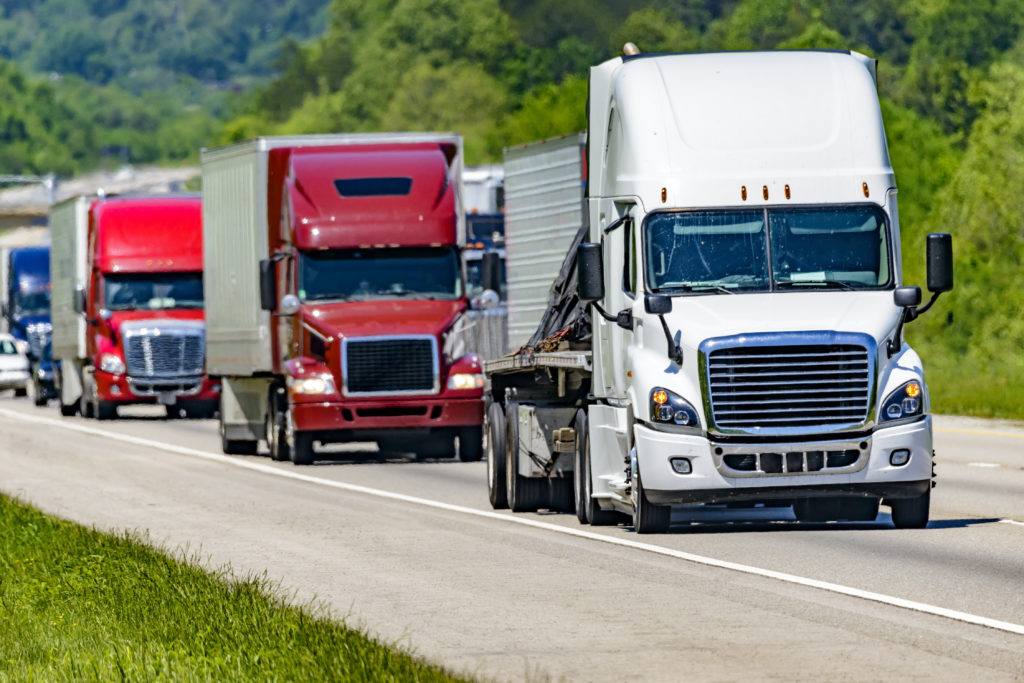2021 has been a year of consumer demand unlike any other–the coronavirus pandemic brought with it stay-at-home orders and folks rushing to online shops to have their home and personal care goods delivered quickly, a culture of modern shopping habits that is likely here to stay.
America’s truck drivers stepped up to the plate to keep the economy moving forward and to get products to store shelves and front doors efficiently, working harder than ever to keep customers happy and shops stocked. Because of this, the country’s shopping methods have changed drastically, with online purchases becoming a part of daily life for most people.
Now, American consumer confidence has risen significantly even as prices continue to rise and the virus’ latest variant makes its way across the world. In fact, although U.S. consumers admit their perception of overall conditions has dropped, their outlook into 2022 is a positive one–a perspective that is suprising consumerism experts.
Last week, business research organization, the Conference Board, noted that its consumer confidence index rose from 111.9 in November to 115.8 in December–it’s highest index number since July of this year. The consumer confidence index factors in current consumer perspectives regarding the present consumer conditions at hand, as well as public outlook for consumerism in the near future.
Apparently, although prices have been increasing lately at the fastest year-over-year rate since 1982, consumer inflation expectations are looking much more positive in December 2o21. Experts attribute these assessments to the falling gasoline prices that have been seen at gas stations across the country over the last month or so.
“Despite high inflation and the rising omicron wave, consumers are bullish on 2022,” said Navy Federal Credit Union economist, Robert Frick. “This reflects growing economic momentum, as job openings remain high and prices are dropping at the pump.”
These outlooks show overall positive changes on the horizon for consumerism in the coming months, and for this aspect of the economy in general, Frick noted.
“This is further evidence that consumer spending will keep rising and be the main factor fueling the expansion,” he said.
In regards to the alleviation of ongoing port bottlenecks and other factors in relation to price hikes and product shortages, President Joe Biden recently met with his supply chain disruptions task force to discuss the group’s ongoing, progressive efforts to bring lasting solutions to these issues. He noted that product availability on store shelves across the country has reached 91%–near its pre-pandemic numbers, and that inventory within various retailers has risen 3% from 2020.
This is a particularly positive sign, as most will remember the shock of seeing so many empty shelves in stores nationwide at the height of the pandemic, when opportunities to purchase sanitizing and clearing products, toilet paper, and even many kinds of foods were few and far-between.
“Packages are moving,” said Biden during his late-December task force meeting. “Gifts are being delivered. Shelves are not empty.”
These latest consumer numbers, collected for the first time since the coronavirus’ omicron variant appeared, shows a strong recovery in the country’s overall economy following the challenges of the recession brought about by the pandemic in 2020. Still, this latest variant may indeed threaten this newly-obtained economic strength, experts say.
Additionally, a recent Commerce Department report shows that American consumer spending decreased between October and November of this year, although holiday season shopping ramped these numbers back up quickly–regardless of any significant product shortages or higher-than-normal prices.
The sales report from November has not yet shown any consumer impact in relation to the omicron variant, however, and the additional uncertainty may bring about further consumer behavior changes.
Still, after making it through 2020 and 2021, these kinds of challenges are now to be expected.
“Looking ahead to 2022, both confidence and consumer spending will continue to face headwinds from rising prices and an expected winter surge of the pandemic,” said the Conference Board’s senior director of economic indicators, Lynn Franco.



